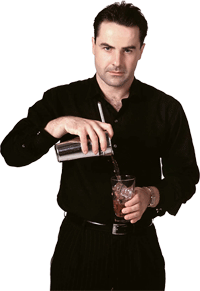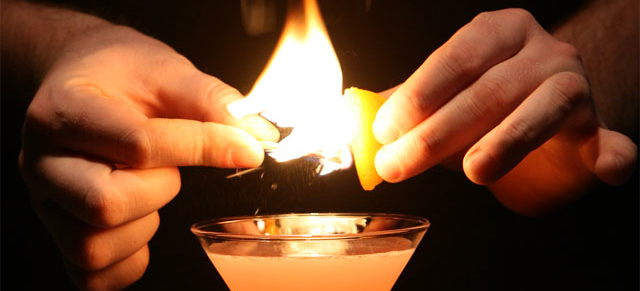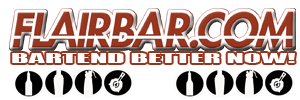Utlizing ‘AI’ Artificial Intelligence Software in the Hospitality Industry
Have you ever wanted more time and more help in your...

|
London, current center of all things cocktail, provides many good examples. Many of the respected owners, managers and trainers are, in fact, old-school Flair Bartenders who made the jump. Wayne Collins (former Bacardi-Martini World Flair Champion, now brand mixologist for Maxxium UK), Douglas Ankrah (former Hard Rock-er who now owns the Lab and Townhouse cocktail bars in London), Tug van den Bergh (former Lab Bartender who now runs the Roadhouse contest), Danny Fox and Tim Bacon (former Flair Bartenders, now directors of a company that owns 11 style bars across the UK), are all great examples. I haven’t even mentioned Angelo Vieira, Roadhouse regular, occasional winner, and head Bartender at the ultracool Light Bar in the Ian Schrager St. Martin’s Lane Hotel, or Jamie Terrell, ex-Harley’s (Tenerife) Flair Barkeep, then Lab bar mainstay, Atlantic Bar & Grill consultant, and now cocktail ambassador for Plymouth Gin. Hey, we’ve all got to eat. Can a Flair Bartender make the hop to the style bar? I hope the answer is yes, and so far, things are looking good. |
||
|
FAQ’s: How do I break in to style bars? Adapt your Flair into the stylish, less obvious moves that have been called subtle Working Flair, of which Francesco Leoni is a master. Lower the risk even further-–zero drops is the maximum standard for style bars. What do I bring to the table? What’s it like? Recommended Reading…
|
||
|
|
||
Have you ever wanted more time and more help in your...
MANGO MAGIC: Marco Estrada, Brownsville, TX 1 ½ oz Aviation Gin ¾...
ALOE WOK: Olya Sabanina, Saint Petersburg, Russia 1 1/3 oz Aviation Gin...
We have all strived to become better at our craft, or else,...
About the author, Elton Marvin Jr. has worked in the food and...
From starting out picking up a Flairco bottle after watching the movie...

Your cart is empty.
Click “Play” on the video above.
Click “Play” on the video above.
Click “Play” on the video above.

